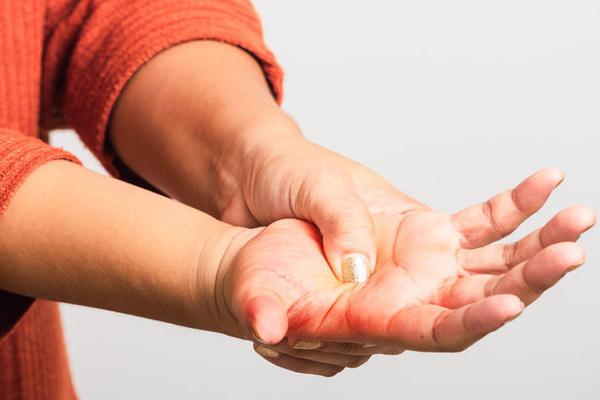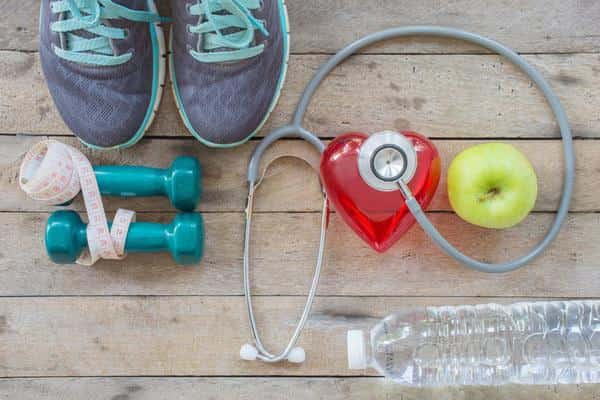Зміст
Blood circulation in the body
The blood circulating in the bloodstream plays a very important role in the body. Provides all cells with oxygen and nutrients (sugars, proteins, fats). On the way back, it takes up the dioxide and transfers it to the lungs, from where it is excreted with exhalation. Other waste products, such as urea and uric acid, end up in the kidneys and intestines. Blood also regulates temperature and protects the body from pathogens, infections, and disease through its white blood cells. Blood must circulate properly for tissues and organs to function properly. Poor circulation affects the impaired functioning of the whole body.
Causes of poor circulation

Circulatory problems can be caused by many factors. This can be the result of poor nutrition – inadequate amounts of vitamins, minerals, and other essential nutrients make the blood vessels vulnerable to any damage. In addition, a lack of antioxidants (present in vegetables, fruits, oily fish, etc.) adversely affects blood circulation, as it leads to the accumulation of toxins and the formation of deposits that impede blood flow in the veins. Poor circulation is often caused by smoking – inhaling tobacco smoke slows down blood flow and supplies the body with toxic substances.
A sedentary lifestyle is a serious threat to blood circulation. Lack of physical activity, spending eight hours at the desk, or most of the free time on the couch are factors that reduce blood circulation in the legs. Thus, they contribute to the formation of blood clots and reduce the flow of blood and oxygen to the tissues. Poor circulation can also be a symptom of more serious medical conditions such as hypertension, atherosclerosis, thrombosis, diabetes, or kidney failure.
How to recognize circulatory problems?

Symptoms of poor circulation are not very common, so we can blame them on fatigue or other health problems. Symptoms may vary depending on where the circulation is impaired. Due to improper blood circulation and insufficient supply of cells with oxygen and nutrients, the body weakens and becomes less efficient. Chronic fatigue and lack of stamina can appear with any physical activity. Other symptoms include shortness of breath during exercise, frequent dizziness, headaches, and shortness of breath.
A typical symptom of poor circulation is cold feet and hands, regardless of the ambient temperature. This is due to impaired thermoregulation of the body. Thick socks and warming creams may be of little help in this case. Circulatory disorders are also manifested by swelling of the legs, as well as impaired sensitivity, numbness and tingling in the limbs, cramps or stabbing pain in the muscles. In addition, spots may appear before the eyes, blurred vision, and even problems with balance or fainting (especially with low blood pressure or anemia).
Poor circulation can also contribute to memory problems, cognitive decline, and problems with concentration and attention. In addition, skin changes may appear pale, dry and itchy skin, bluish-blue discoloration, facial flushing, ulcers, and wounds that are difficult to heal. Hair can become dry and fall out excessively, and nails can break and split. Varicose veins can also develop because of poor circulation in the legs, contributing to more serious circulatory problems. Long-term impaired circulation can also cause chest compressions or arrhythmias that threaten a person’s health and life. This can lead to heart attack, heart muscle necrosis, or stroke.
How to improve blood circulation?

To improve blood circulation and prevent serious complications, the first step is to exercise. It does not have to be vigorous exercise, but moderate activity such as walking, cycling, swimming, aerobic exercise, dancing, or jogging. When working while sitting, it is recommended to get up from the table from time to time and take a walk or do some simple exercises. Alternating cold and warm showers and a foot massage will also help improve circulation. In the evening, you can lie down with your legs raised and stay in this position for several minutes.
You can also improve your circulation with the right diet. Eat foods that are easily digestible, low in salt and high in fiber, and high in omega-3 fatty acids (fish, seafood, nuts). You should also take care of proper hydration and drink at least 2 liters of fluid a day. Certain herbs and spices such as ginseng, dandelion, ginger, cardamom, saffron, and thyme also stimulate blood circulation. However, in the case of severe circulatory problems, you should see a doctor who will assess the symptoms, prescribe appropriate tests, and select a specific treatment option.








